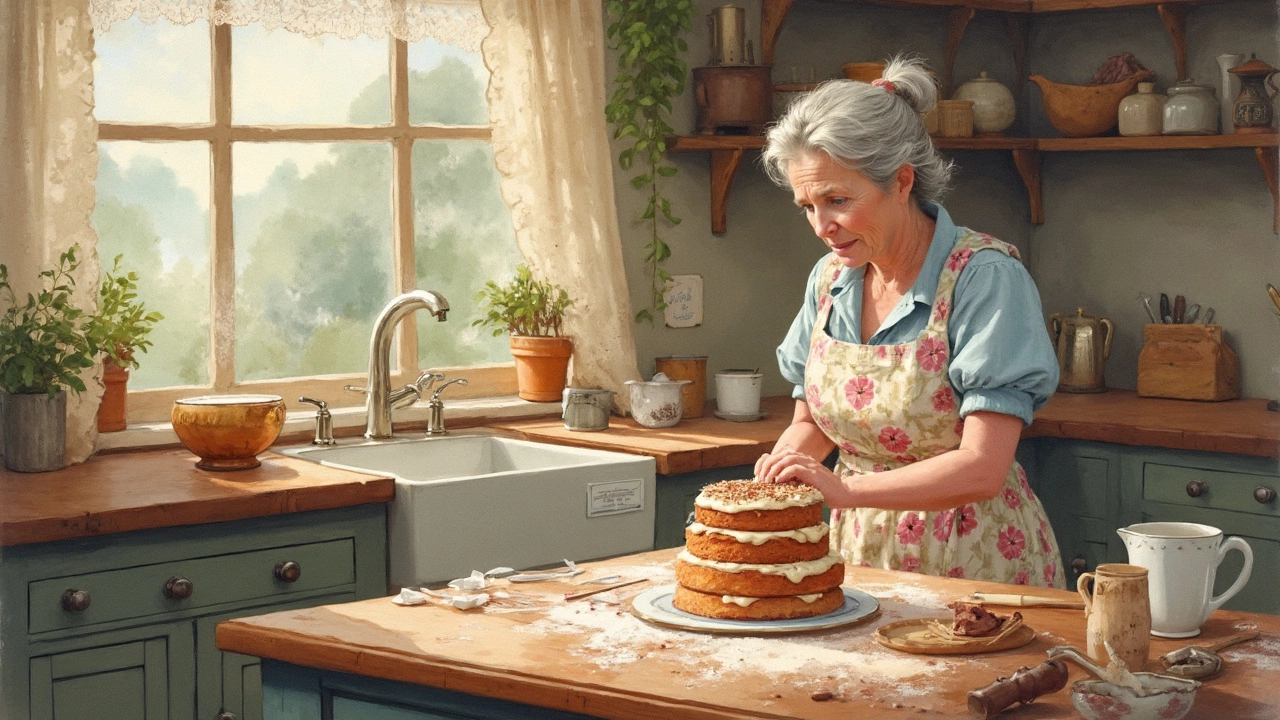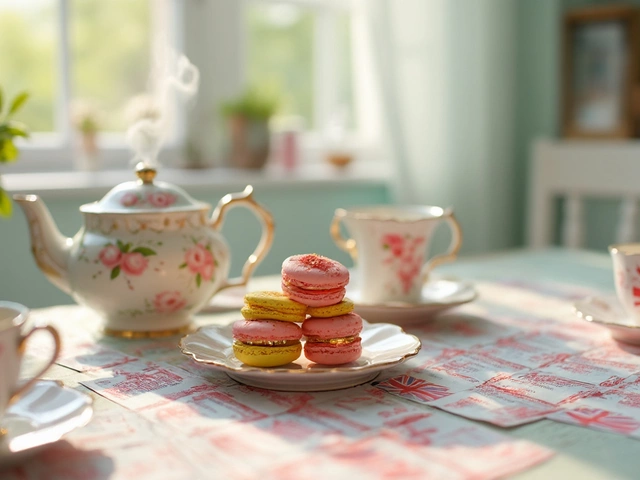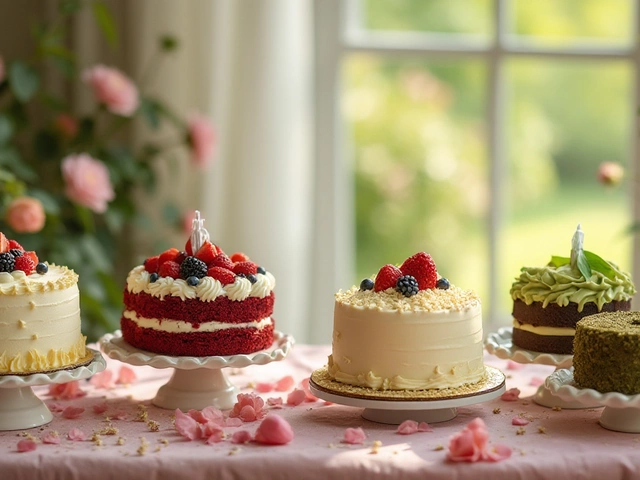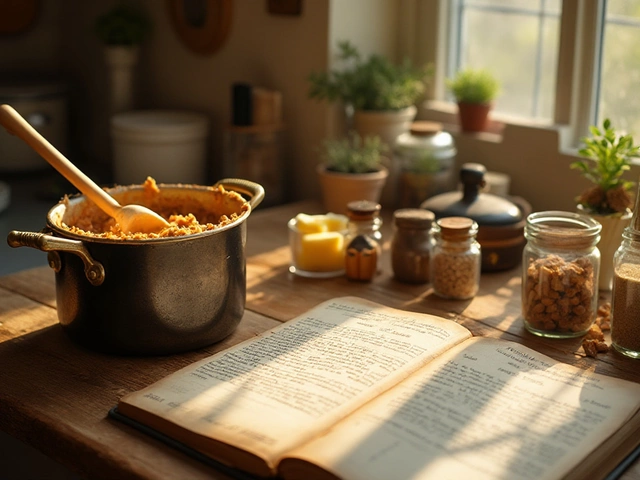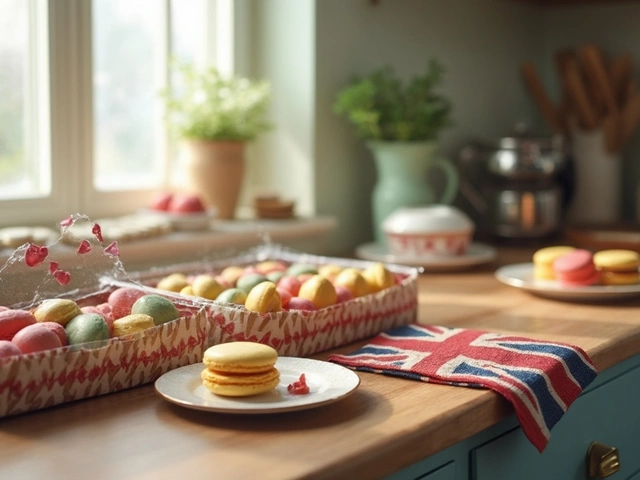Cake Making: Easy Tips, Recipes & Inspiration
Want a cake that tastes great without hours of fuss? You’re in the right place. We’ll walk you through the basics of mixing, baking, and decorating so you can pull off a delicious cake even if you’ve only baked cookies before.
First things first: measure everything accurately. A kitchen scale is worth the investment, but if you use cups, level them flat. Too much flour makes a dry crumb; too little leads to a floppy batter. Stick to the recipe’s ratios and you’ll get a consistent texture every time.
Quick Baking Basics
Pre‑heat the oven early and let it reach the exact temperature before the batter goes in. An oven thermometer can save you from hidden hot spots. Grease the pan well—spray, butter, or oil—and dust it with a thin layer of flour or cocoa powder to keep the cake from sticking.
When mixing, start with the butter and sugar. Cream them until the mixture looks pale and fluffy; this traps air and makes the cake light. Add eggs one at a time, then the dry ingredients alternately with any liquids. Over‑mixing after the flour joins can develop gluten, resulting in a tough crumb, so stop as soon as the batter is smooth.
Don’t forget to test for doneness. Insert a toothpick in the center; it should come out with a few crumbs, not wet batter. If the top starts to brown too fast, tent it with foil to finish cooking without burning.
Creative Decorating Ideas
While the cake cools, think about the finish. A simple buttercream is a blank canvas—add food‑grade colors, a splash of vanilla, or a hint of citrus for extra flavor. If you’re short on time, dust the top with cocoa powder, powdered sugar, or a drizzle of melted chocolate.
For a themed look, use cake toppers from our collection or make your own with fondant. A red‑car topper works great for a birthday, while fresh berries add a pop of color and a fresh bite. Remember, decoration should enhance, not overpower, the cake’s taste.
If you want a professional edge, try a “crumb coat” – a thin layer of frosting that locks in crumbs. Chill the cake for 15 minutes, then apply a smooth final layer. This step makes the final finish look sleek and gives you a sturdy surface for piping or writing.
Saving money is easy when you bake at home. A basic vanilla or chocolate cake often costs less than a store‑bought one of similar size. Plus, you control the ingredients, so you can make it gluten‑free, vegan, or lower‑sugar without compromising flavor.
Finally, have fun with it. Experiment with flavors—add coffee, orange zest, or a swirl of caramel. Share your results on social media or with friends, and you’ll see how a simple cake can become a conversation starter. Happy baking!
